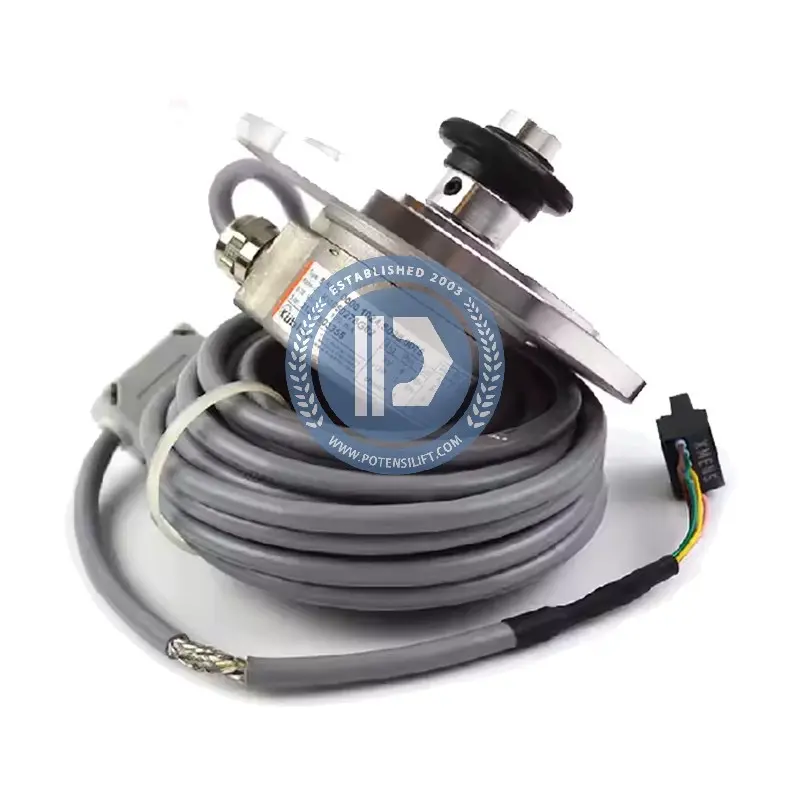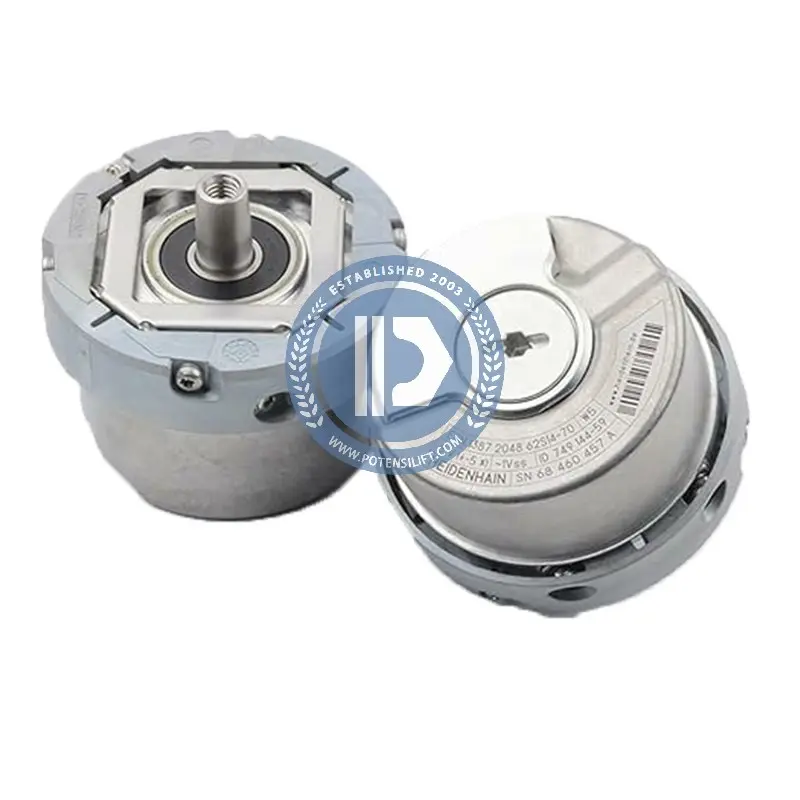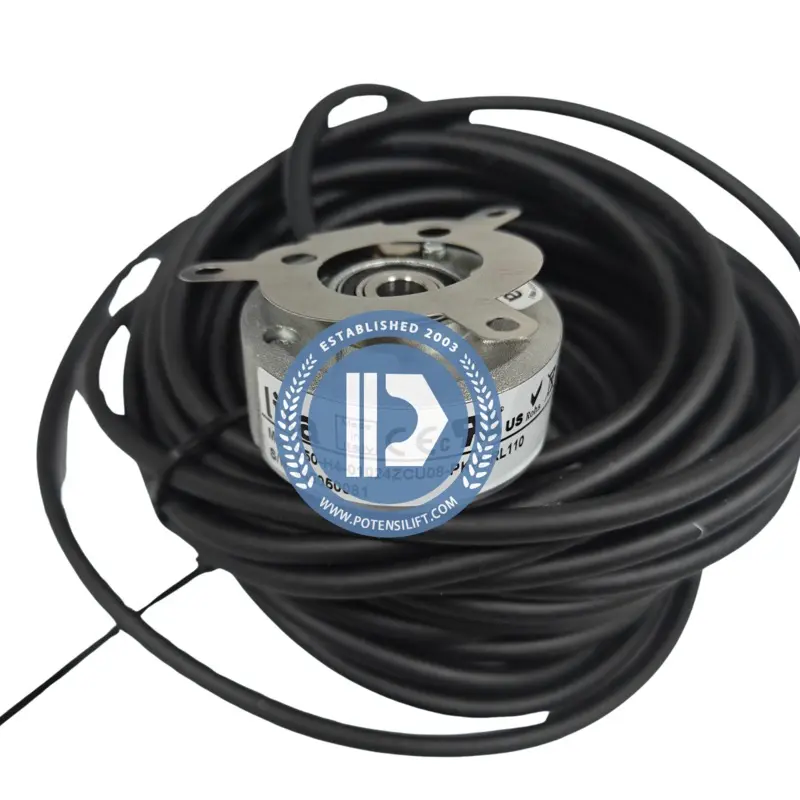When an elevator encoder fails, the entire system may suffer. From inaccurate leveling to complete stoppage, these issues can put both the equipment and passengers at risk. Fortunately, many encoder-related problems can be resolved with some straightforward steps—as long as we approach them carefully and with a clear understanding.
In this article, we’ll walk through the basic symptoms of encoder failure, simple troubleshooting techniques, and when to call in the professionals. Whether we’re dealing with an optical or magnetic encoder, staying informed and proactive is key to keeping the elevator system running smoothly.
An elevator encoder is a small but very important part. It keeps track of the elevator car’s position and speed. This feedback helps the control system know when to start, slow down, or stop — and where exactly to stop at each floor. If the encoder stops working properly, the elevator may move too fast, stop at the wrong level, or not run at all. That’s why it’s so important to fix encoder problems as soon as possible.

Before diving into mechanical repairs, it’s smart to rule out simple issues that might be causing the malfunction.

When basic checks don’t solve the issue, it’s time to examine the encoder’s physical condition.
Manual rotation: Turn the encoder shaft by hand. If it feels sticky or rough, the internal bearing may be damaged and the encoder might need replacement.

Encoders don’t just need to be mechanically sound—they need to send clean, accurate signals to the controller.
Recalibrate: Access the elevator control panel’s maintenance mode and follow manufacturer instructions to reset the encoder’s zero position and pulse parameters.
This step is essential if the encoder was recently replaced or the shaft was realigned.

If the encoder failure is unexpected and a replacement isn’t immediately available, there may still be a way to keep the elevator operating safely.
Some modern controllers support dual encoder setups. If one fails, we can switch to the backup encoder to restore operation temporarily.
Clear the controller’s fault memory and monitor the system. This is only advisable if the issue is intermittent and not safety-critical.

Keeping elevator encoders in top condition is critical for the safety and smooth operation of the system. By performing regular inspections, addressing small issues early, and understanding simple troubleshooting techniques, we can avoid major downtime and costly repairs. However, when a faulty encoder needs replacing, it’s vital to choose high-quality, reliable parts.
That’s why we recommend sourcing your replacement components from trusted suppliers like POTENSI. As a professional supplier of elevator parts, POTENSI offers a wide range of encoder models that are compatible with various elevator systems. Their products are tested for durability, accuracy, and long-term performance — making them a dependable choice for maintenance teams.
Whether you’re dealing with intermittent signal issues or preparing for routine replacements, having a reliable parts supplier makes all the difference. Explore POTENSI’s encoder options and other elevator solutions to support your maintenance needs with confidence.
① Get 10% off on your first order.
② Get latest news about our promotion products.
③ Get our sales specialist VIP service 24/7.
④ Get access to our credit payment time.
WhatsApp us
